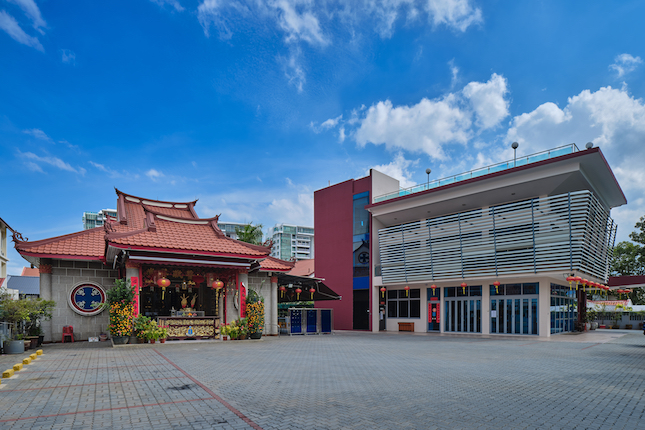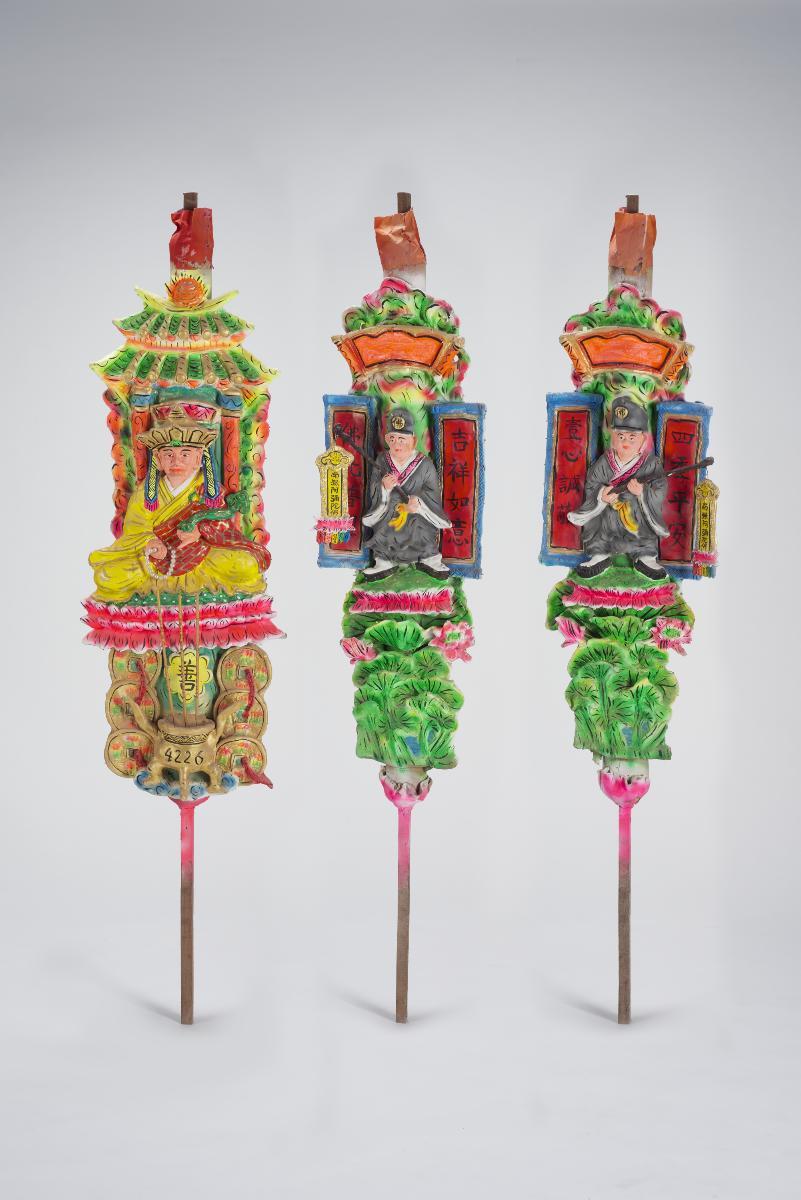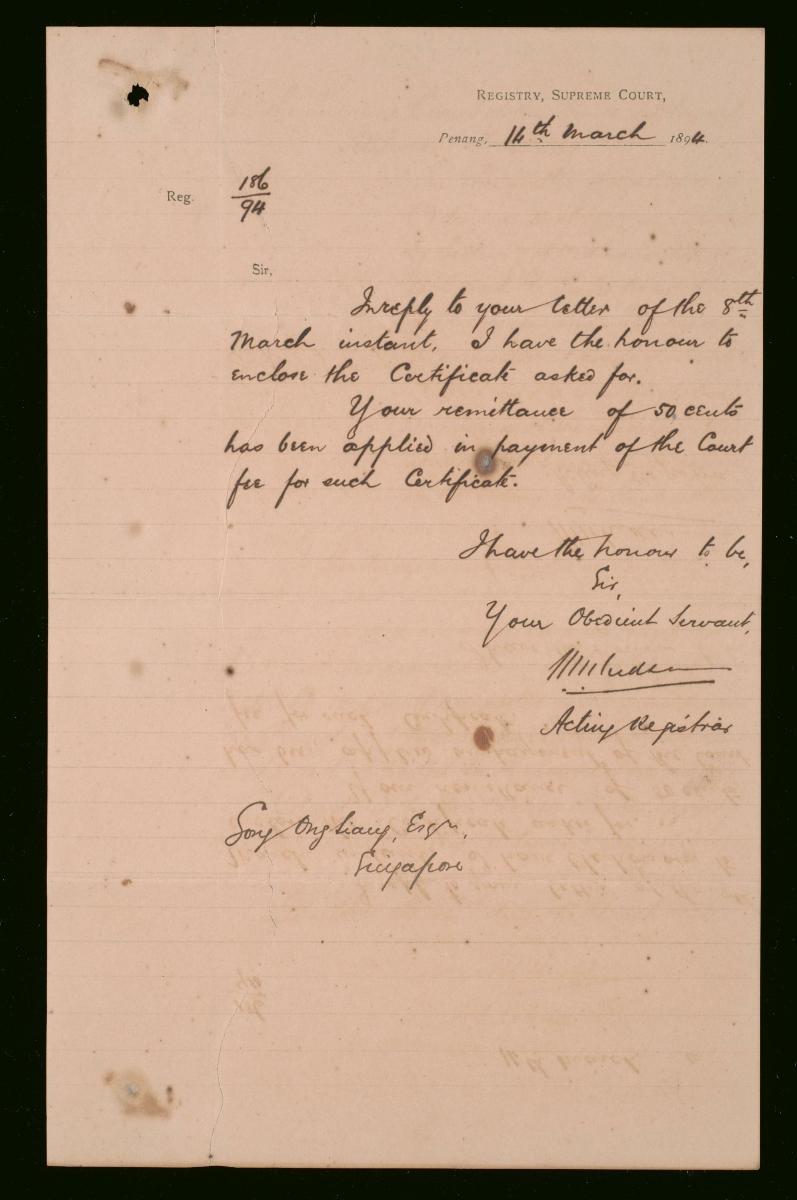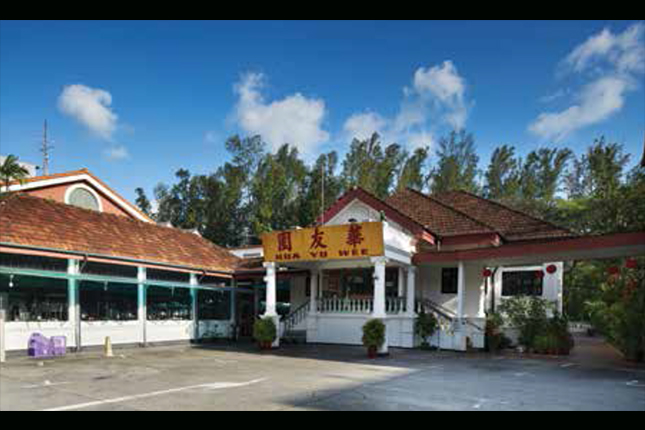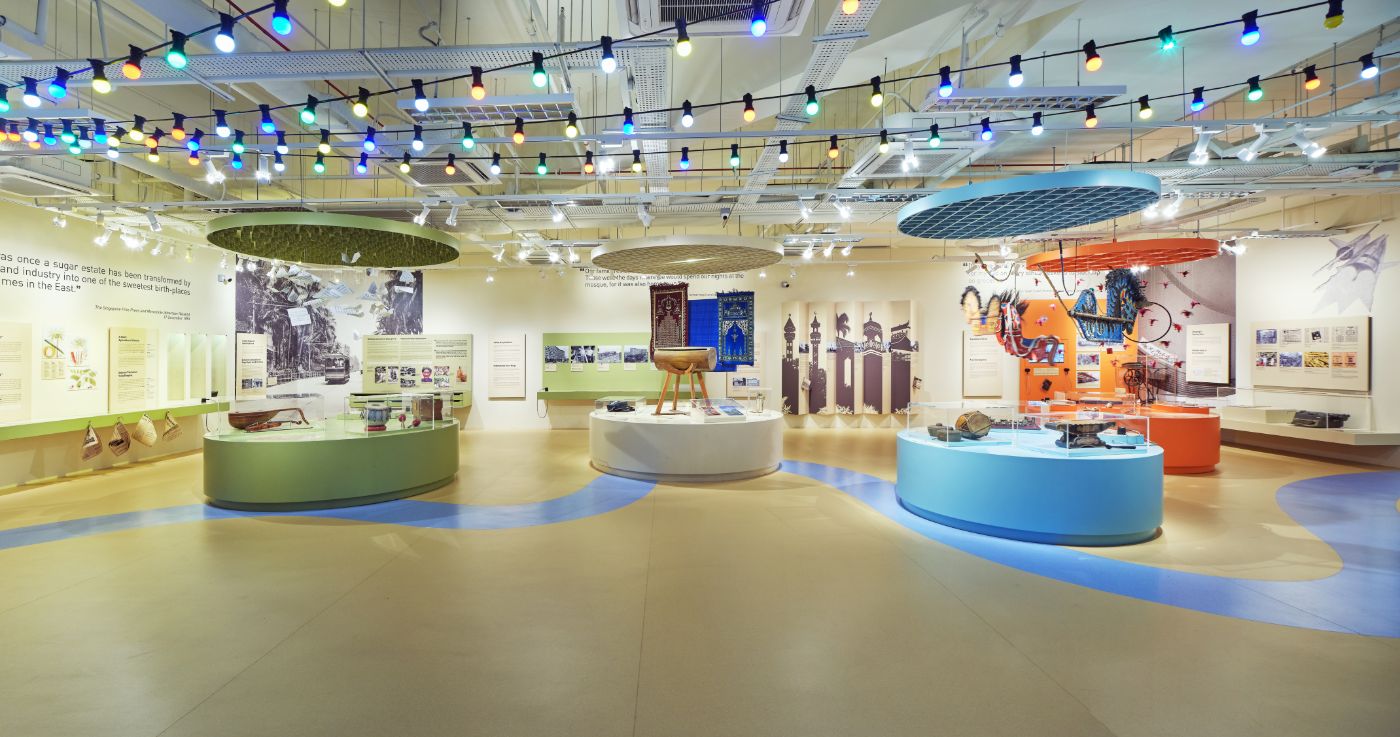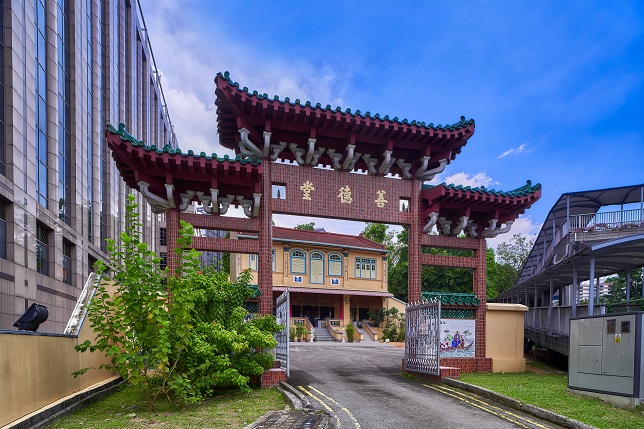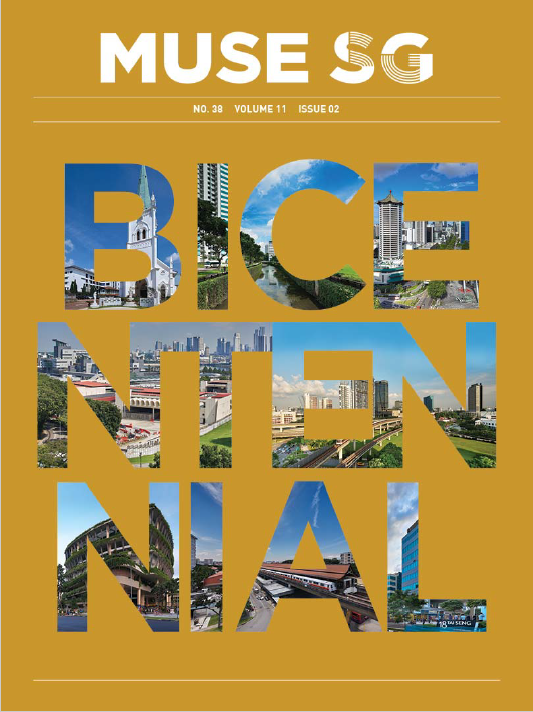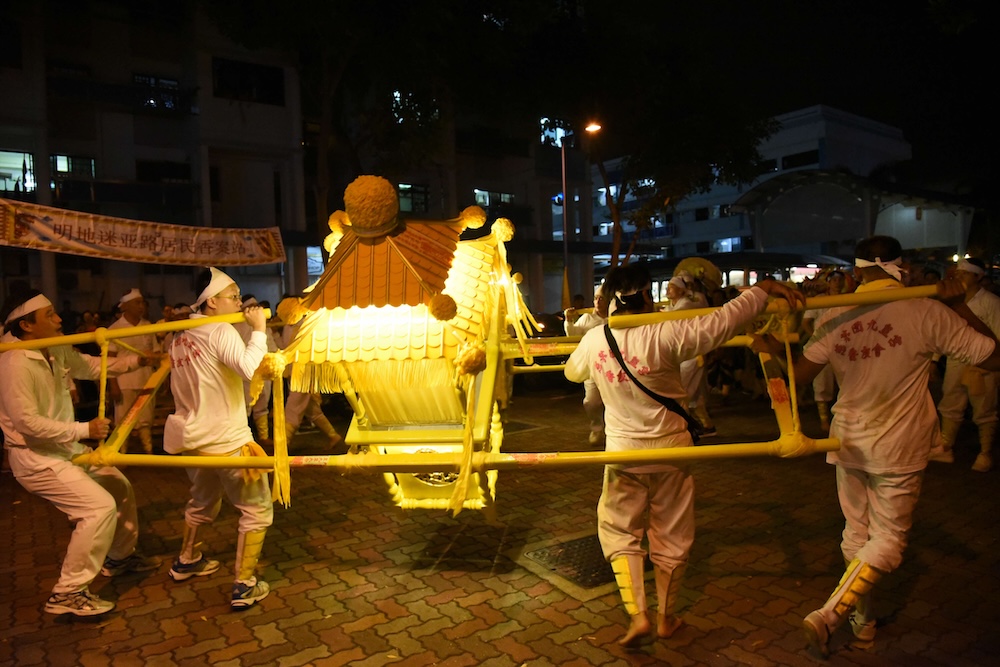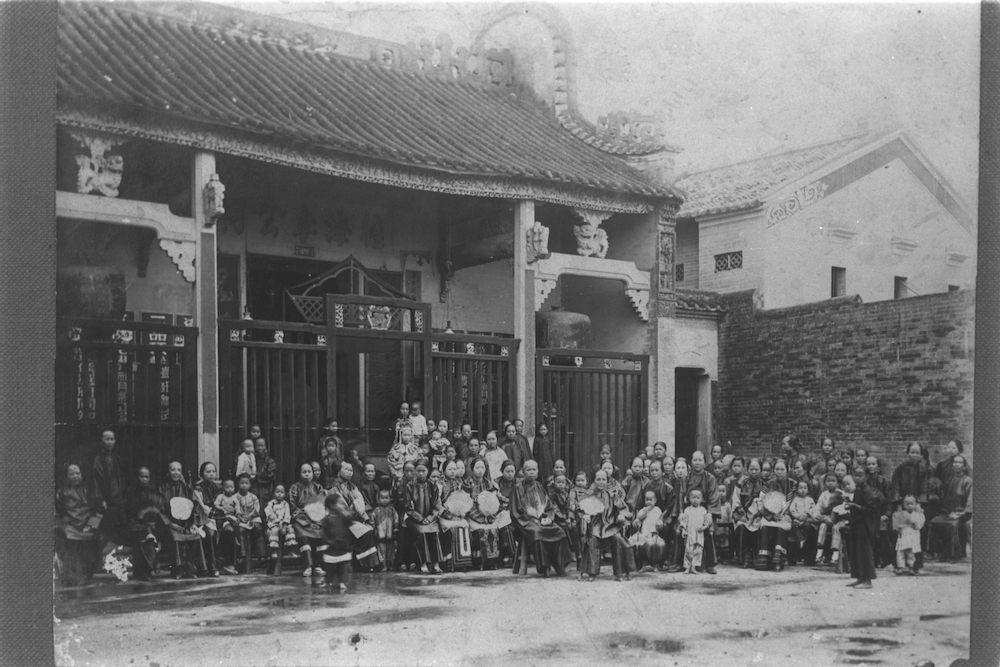Phoh Kiu Siang T’ng is one of the three shantangs or charitable halls in Hougang, which are strongly affiliated with the Teochew community. Phoh Kiu Siang T’ng was founded in 1929 at Upper Circular Road and relocated here in 1953. During the Japanese Occupation, the shantang was also one of the founding members of the Chinese Charitable Institutions Union.
Besides its charitable mission, the shantang also played a role in nurturing Teochew culture. For example, at one point, its members formed a Teochew opera section who would perform regularly. During religious festivals and major events, the shantang would also commission Teochew opera performances by established troupes.
In 1953, the shantang purchased a plot of land at Simon Lane to build bigger premises for its members and activities. According to the organisation, the decision to move from Upper Circular Road to Simon Lane was likely due to the fact that Au Kang then had a large concentration of Teochews. The new headquarters were officially opened on 6 December 1953 and the famed Teochew troupe Lao Sai Tao Yuan was invited to perform for two days as part of opening festivities.
Today, the shantang is well-known in Hougang for its free clinic. In its founding years, the organisation dispensed medicines on an ad-hoc basis depending on their resources. By 1967, Phoh Kiu Siang T’ng had established a free medical clinic in its new quarters at Simon Lane. As the demand for the service grew, the organisation purchased an adjacent plot of land in 1990 to extend its premises and the medical facilities. This extension project was completed in 2012, with a new building situated on the right of the temple, providing larger accommodation for the temple’s clinic and offices.
From National Monuments to memories of diverse communities who call Hougang home, these three thematic trails are designed to bring you on a journey of discovery. Explore Hougang beyond its modern housing estates, trace its stories through its built heritage, and get to know how it transformed from kampongs into the suburb it is today.
Explore the Suggested Short Trail Routes:
- Landmarks of Hougang, 1 hour with public transport
- Architectural Gems, 1 hour 45 min with public transport
- Institutions of Service, 1 hour 30 min with public transport
Downloads
Trail Booklet and Trail Maps
- Hougang Heritage Trail Booklet
- Hougang Heritage Trail Map - English
- Hougang Heritage Trail Map - Chinese
- Hougang Heritage Trail Map - Malay
- Hougang Heritage Trail Map - Tamil




